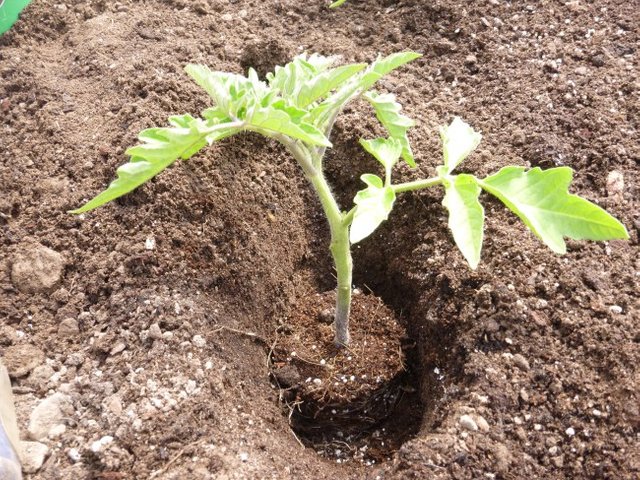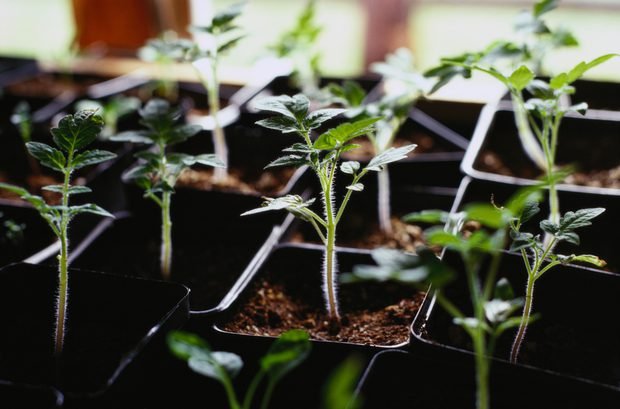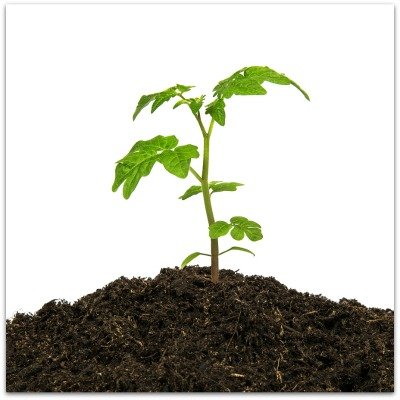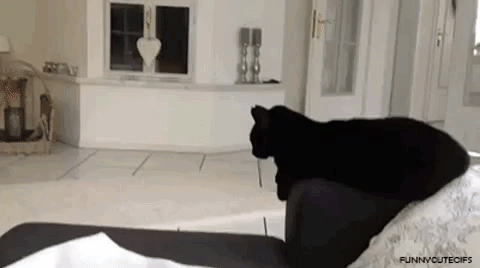Growing Tomatoes From Transplants and Seeds
Growing Tomato Plants
If you are growing plants in your home, you can either purchase tomato transplants or grow your own. If you opt for growing your own plants, sow the tomato seeds four to six weeks before the plants are to be transplanted outdoors. Plant the seeds into small pots and later transplant into individual growing containers.

You can buy various commercially prepared mixtures for starting seeds. These are easy to use because they are generally free of insects and diseases and require no preparation.
On the other hand, you can try a mixture (by volume) of two parts garden loam soil; one part either sand, perlite or vermiculite; and one part coir. Pasteurize both the container and soil mix before use to destroy harmful insects and diseases. Place the moistened soil mixture in a container, cover the container tightly with aluminum foil and heat the soil at 180 deg for 30 minutes.
You can use a meat thermometer to check the temperature of the soil in the center of the container. Use only oven-proof containers for this step. Whether you use a commercial mix or a homemade pasteurized soil mixture, be sure your transplant flats or small pots are clean. Allow the containers to air dry before adding the planting mix.

Cover the seeds with 1/2 inch of the planting mix. For good germination keep the soil moist and warm. Cover the pots with a sheet of plastic or piece of glass to help maintain the proper moisture and temperature. Remove the cover when seedlings break through the soil surface and water just enough to keep the soil slightly moist to the touch.
Transplant young seedlings into growing containers when the stems have straightened and the first true leaves have opened, usually 10 to 14 days after sowing. When transplanting young tomato seedlings, hold the plant by a leaf as pressure on the stem can cause permanent damage. Seeds can be germinated directly in pots without transplanting to other containers. Pots with more than one seedling should be thinned to a single plant by cutting the tops from the extra seedlings. Pulling excess seedlings out of the pot can injure the roots of the remaining seedling.
Expose young plants to full sunlight if possible. Supplemental light may be necessary if adequate sunlight is not available. The best temperatures for growing transplants are from 65 to 75 deg during the day and 60 to 65 deg at night. Both hotbeds and cold frames work well in maintaining these temperatures.

Maintaining root temperatures within this range is more important than the air temperature of the foliage. Transplants may become too tall and "leggy" due to insufficient light, high daytime air temperatures, excessive fertilization, lack of air movement or seeding more than eight weeks before field planting can begin. If adverse weather prevents a planned transplanting, the seedlings' growth rate can be slowed by reducing the amount of water applied so the transplants wilt slightly between applications.
Brushing the tops of the plants 15-20 strokes once a day with your hand or a small stick or having a small fan blow gently across the seedlings for a few hours a day will also slow growth.
How to Purchase Transplants
Most home gardeners find it convenient to buy tomato plants. When purchasing, choose sturdy, dark green plants that have stems about the size of a pencil. Preferably, the plant should not be in bloom. Leaves should be fully expanded and free of diseases and insects. Transplants are available in packs of six to eight, in flats or in individual containers. Although plants grown in individual containers may cost more, they are generally worth it.
Those in individual cells or containers are transplanted with the least amount of shock as their roots are not disturbed when plants are set out in the garden. Containers should be large enough so root growth is not restricted.
Visit Gardening ABC for interesting gardening tips and ideas

I Share Regular Updates. See My Other Posts

JOIN US ON SOCIAL NETWORKS


Moving plants to bigger pots is such a pain! I always start them in decent sized pots.
I didn't know that a gentle fan or lightly brushing them would keep them from getting leggy, I always thought that was just a light issue. I do try to make sure they are brushed over to strengthen the stems. I usually use a pencil or straw so I don't transfer anything onto the plants from my hands.
That's awesome. And it also never occurred to me.
Would one of those sheets for starting a bunch of seeds work? Or, a recycled egg container? Or would that be too small?
Did you mean "this range" instead of "his range"?
Regarding brushing vs stroking the foliage, is one more effective than the other in slowing growth? In the past I've had plants get too tall and need supports in order to avoid falling over and breaking...
post a good friend, I really like the post like this, kalo baleh know what is this tree name ?? and a good fertilizer for the park?